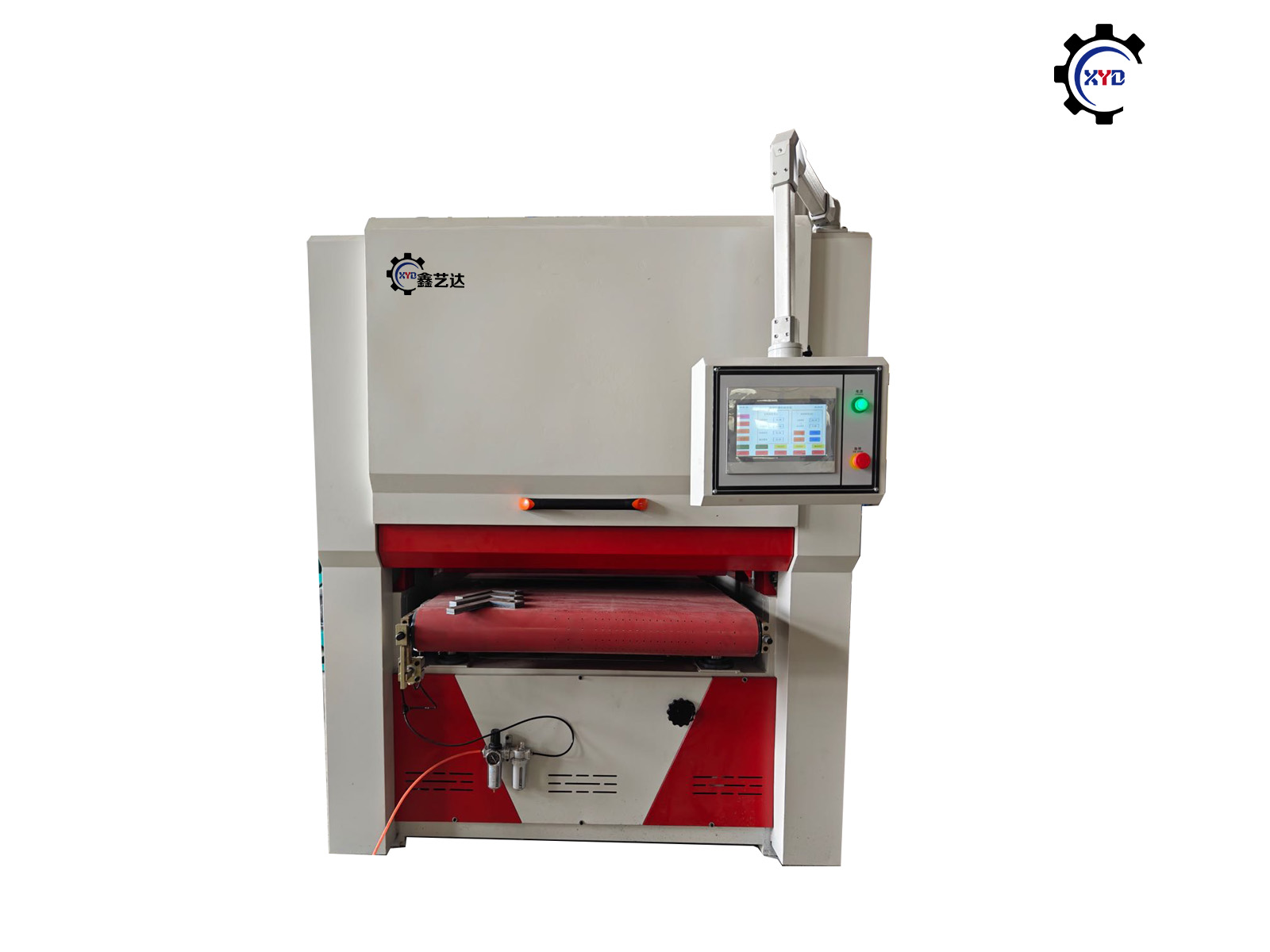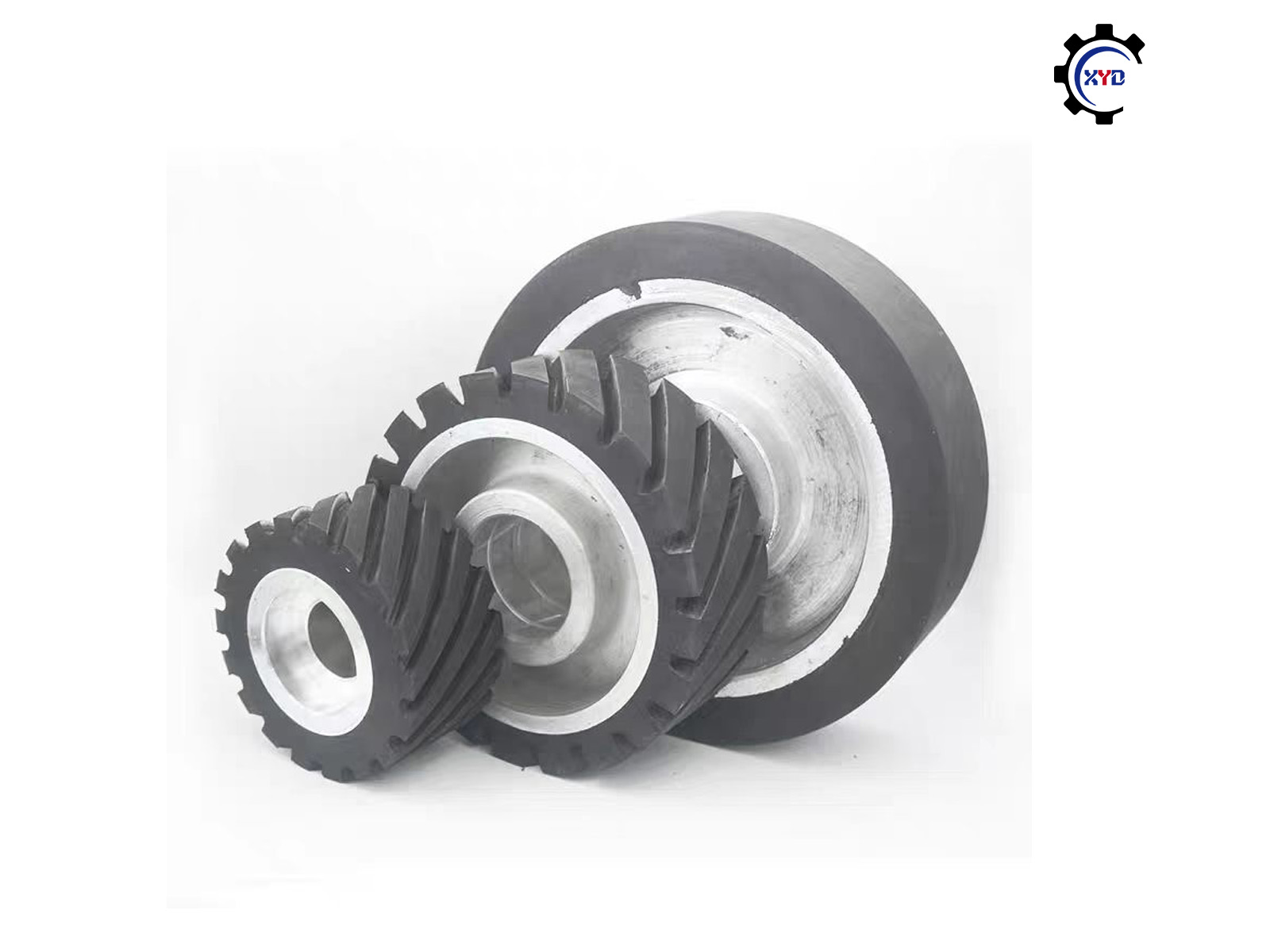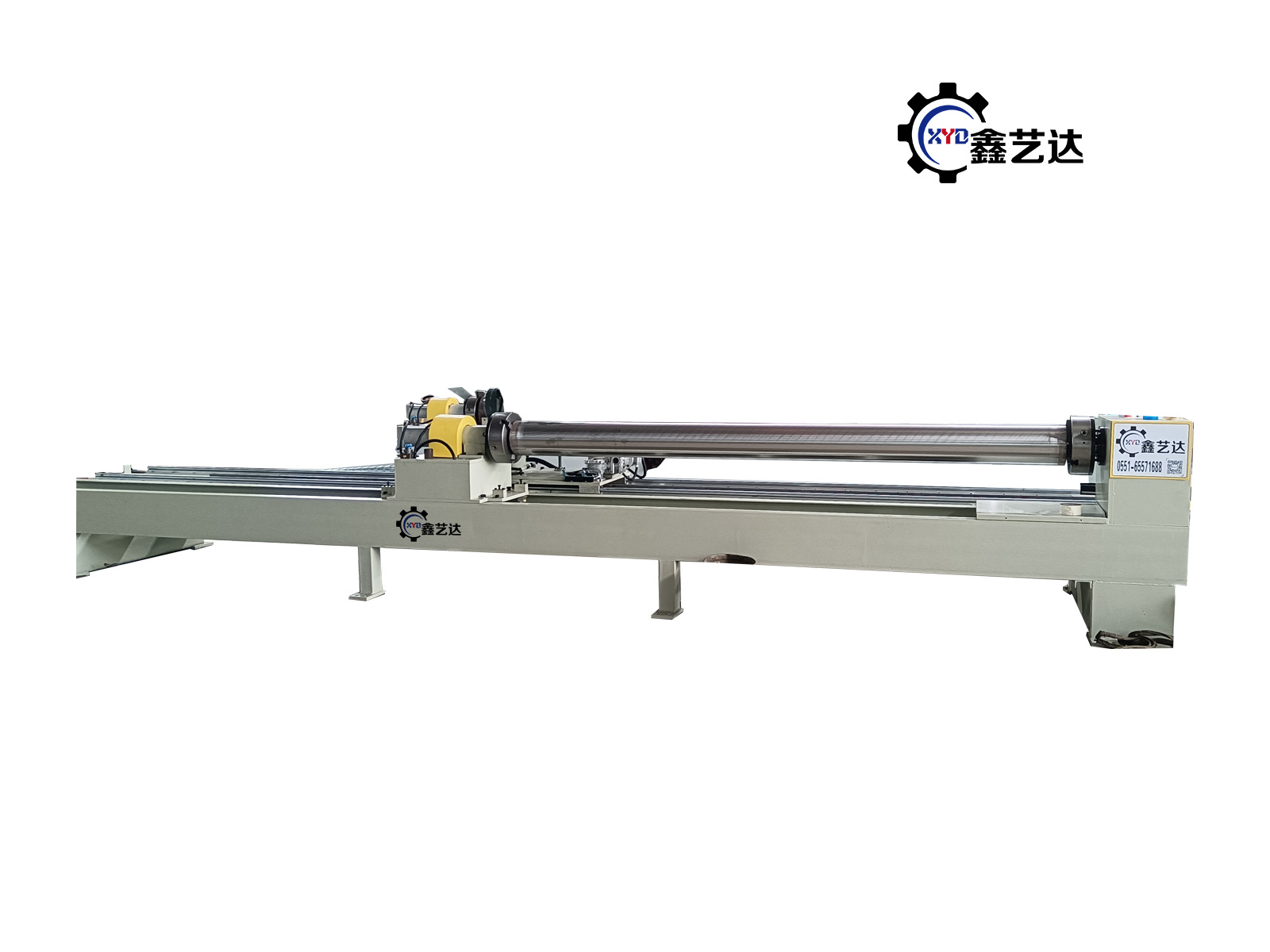Several polishing methods
Publish time:2023-02-21 01:04:53 Popularity:0 Source:未知来源
1. Mechanical polishing
Mechanical polishing is a polishing method that obtains a smooth surface by cutting and plastic deformation of the material surface to remove the convex parts after polishing. Generally, oilstone strips, wool wheels, sandpaper, etc. are used, and manual operation is the main method. Special parts such as the surface of a rotating body can use auxiliary tools such as a turntable. For high surface quality requirements, ultra-fine grinding and polishing can be used. Ultra-fine grinding and polishing is to use a special grinding tool, which is pressed tightly on the surface of the workpiece in a grinding and polishing liquid containing abrasives and rotates at high speed. This technology can achieve a surface roughness of Ra0.008, which is the highest among various polishing methods. Optical lens molds often use this method.
2. Chemical polishing
Chemical polishing is to make the microscopic convex parts of the material surface in the chemical medium dissolve preferentially compared with the concave parts, so as to obtain a smooth surface. The main advantage of this method is that it does not require complex equipment, can polish workpieces with complex shapes, can polish many workpieces at the same time, and has high efficiency. The core issue of chemical polishing is the preparation of polishing liquid. The surface roughness obtained by chemical polishing is generally tens of microns.
3. Electrolytic polishing
The basic principle of electrolytic polishing is the same as that of chemical polishing, that is, it selectively dissolves the tiny protrusions on the surface of the material to make the surface smooth. Compared with chemical polishing, it can eliminate the influence of cathode reaction and has better effect. The electrochemical polishing process is divided into two steps.
① Macroscopic leveling dissolution products diffuse into the electrolyte, and the surface roughness of the material decreases, Ra>lum.
② Microscopic leveling anode polarization, surface roughness increases, Ra<lum.
4. Ultrasonic polishing
Put the workpiece into the abrasive suspension and place it in the ultrasonic field together. Relying on the oscillation of ultrasonic waves, the abrasive is ground and polished on the surface of the workpiece. Ultrasonic processing has a small macroscopic force and will not cause deformation of the workpiece, but it is difficult to make and install the tooling. Ultrasonic processing can be combined with chemical or electrochemical methods. On the basis of solution corrosion and electrolysis, ultrasonic vibration is applied to stir the solution to separate the dissolved products on the surface of the workpiece, and the corrosion or electrolyte near the surface is uniform; the cavitation effect of ultrasonic waves in the liquid
can also inhibit the corrosion process. It is conducive to surface brightening.
5. Fluid polishing
Fluid polishing relies on high-speed flowing liquid and the abrasive particles it carries to flush the surface of the workpiece to achieve the purpose of polishing. Common methods include abrasive jet processing, liquid jet processing, fluid dynamic grinding, etc. Fluid dynamic grinding is driven by hydraulic pressure, so that the liquid medium carrying abrasive particles flows back and forth at high speed over the surface of the workpiece. The medium is mainly made of special compounds (polymer-like substances) with good fluidity under low pressure and mixed with abrasives. The abrasive can be silicon carbide powder.
- 2025-11-14 Precautions to Take Before and After Operating a Polishing Machine
- 2025-11-04 Have you maintained the polishing machine?
- 2025-10-14 The difference between single-station pipe polishing machines and multi-station pipe polishing machines
- 2025-10-08 Why the Semiconductor Industry Cannot Do Without Automatic Polishing Equipment?
- 2025-09-25 Why Do Pressure Vessels Need Polishing?
- 2025-09-24 What are the types of circular tube polishing machines
- 2025-09-05 Cylinder Polishing Machine
- 2025-09-02 Stainless Steel Surface Roughness (Ra) vs Sanding Belt Grit Guide (Polishing Stainless Steel)
Online Message
Contact information
QR code









 QQ Customer Service
QQ Customer Service